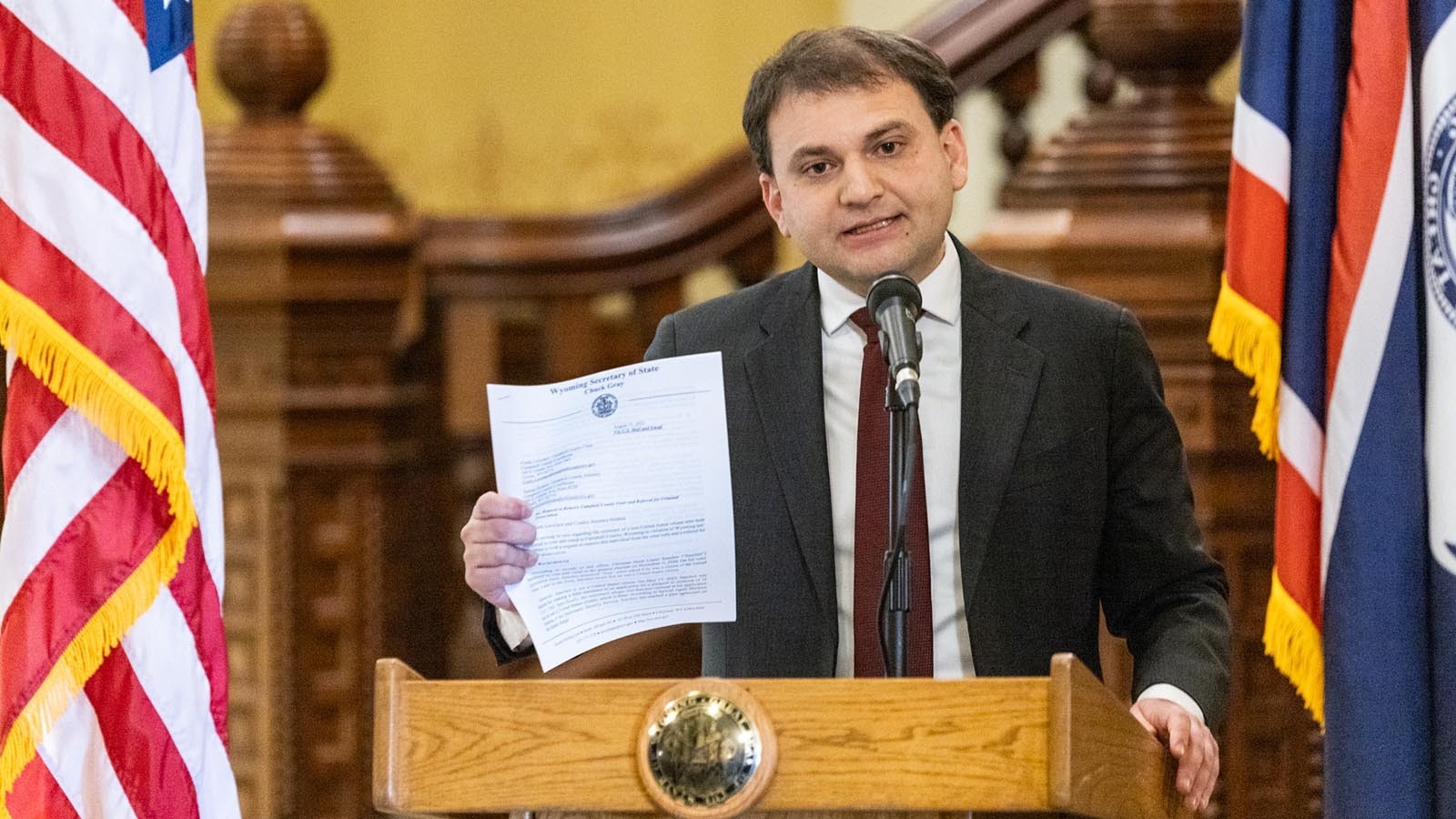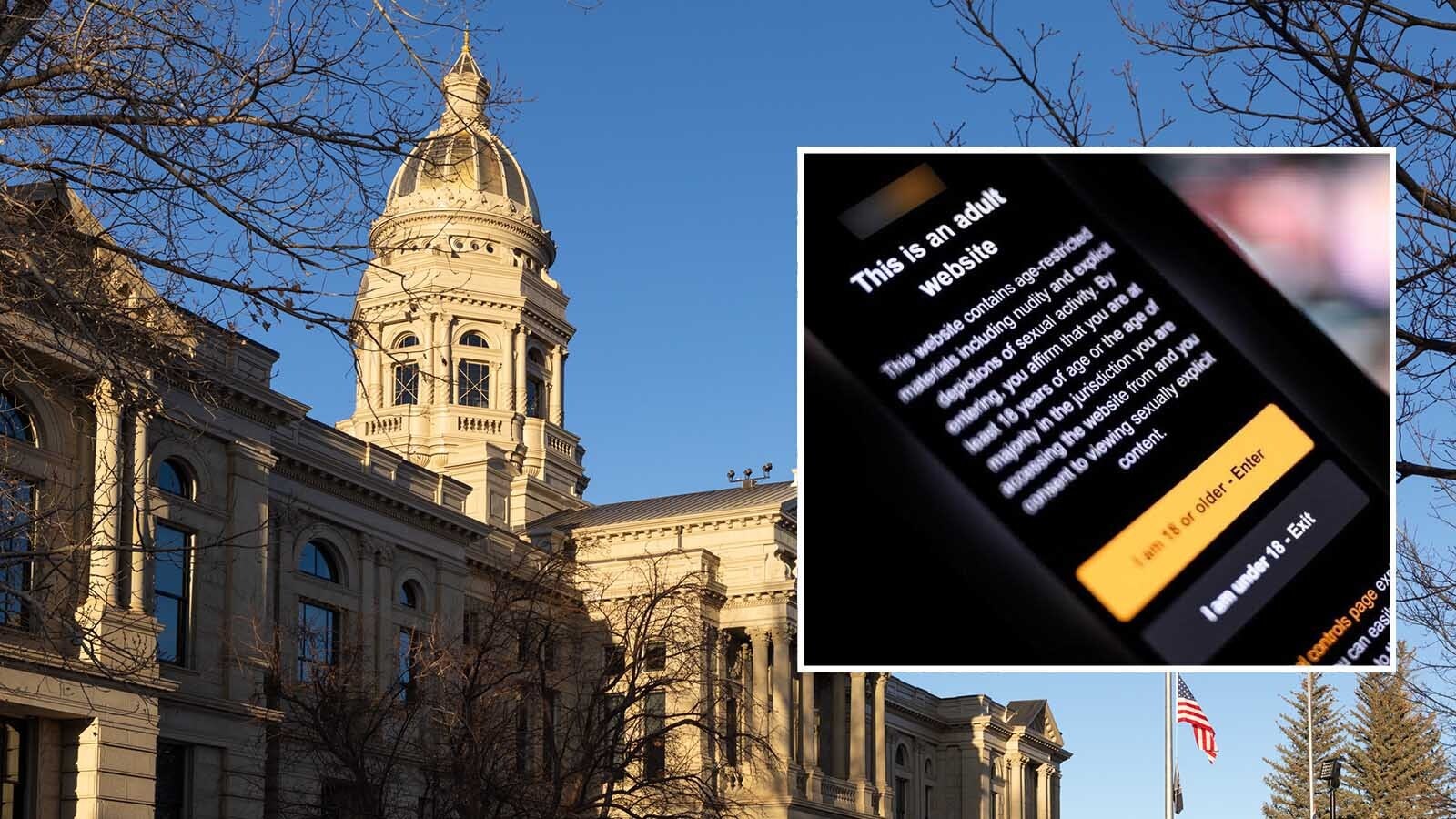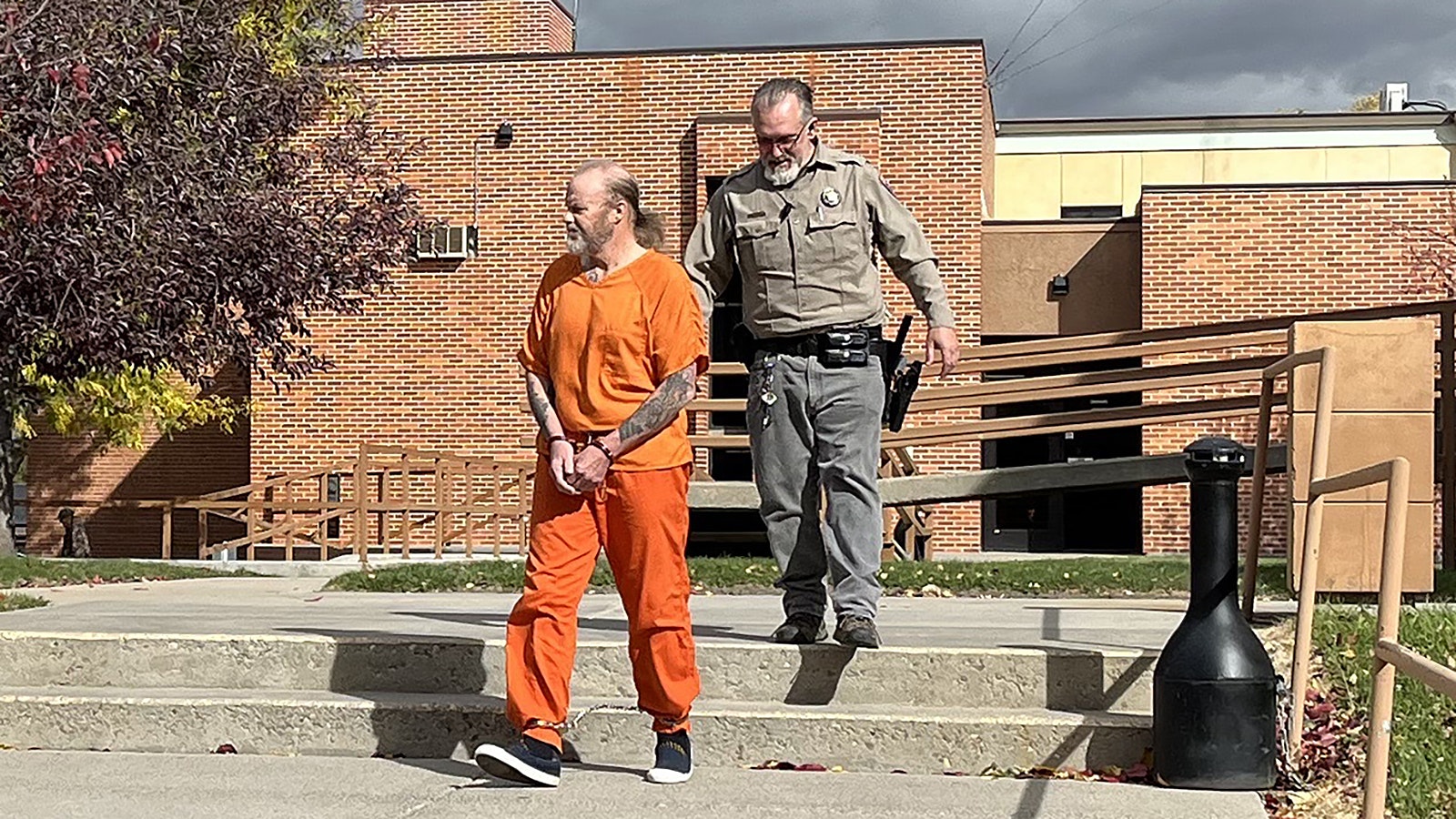With abortion currently or soon to be outlawed in at least 13 states, adoptive families are prepared to take on extra babies.
That’s because there are more families waiting to adopt infants than there are infants to be adopted, both in Wyoming and nationwide, according to two adoption agencies licensed in the state.
“There’s this feeling that there aren’t enough families waiting out there, so we should make (adoption) easier, more affordable, somehow change the system. But that doesn’t compute in our agency,” said Carol Lindly, director of Wyoming Children’s Society.
Wyoming Children’s Society has between 10 and 15 families waiting on infant adoptions right now, which is more than enough for the six to 10 placements the agency orchestrates per year.
There’s a surplus of would-be adoptive parents nationally as well, according to Dr. Rick Morton, vice president of engagement at Lifeline Children’s Services, which handles adoptions in 16 states.
The agency has about 100 families waiting to adopt infants and toddlers right now, and processes about 40 infant adoptions per year.
“We feel very confident in the fact that we will have a more-than-adequate number of adoptive families, to provide families for children, (following) the changes that we’ve seen in the laws here in the U.S.,” said Morton, adding, “There are many more families who express a desire to adopt than we have the ability to even be able to bring into an adoption program at this point.”
In the wake of the U.S. Supreme Court’s decision returning authority over abortions to the states, Wyoming is on track to outlaw nearly all abortions by July 29.
There were 98 abortions reported in Wyoming last year. Abortion is expected to remain legal in both Colorado and Montana, which border Wyoming.
‘They’re Not Considering Abortion’
Usually by the time a pregnant woman reaches Wyoming Children’s Society, she has long since ruled out abortion as an option, Lindly said.
“Most of the women that come to us, they’re not considering abortion, honestly,” said Lindly. “The women that come to us really have thought long and hard and are wanting to follow through with the adoption.
“I think the general public thinks ‘Oh my gosh, now that Roe vs. Wade is overturned, all these adoptions will occur,’” she continued. “I’m not sure that will be the case.”
Lindly noted that the region still has many cultures “who don’t embrace adoption,” and she also wondered if illegal use of abortion pills or other work-arounds would be used by Wyoming women.
Lindly said, nevertheless, one adoption reform the agency would like to see is increased counseling for birth mothers who have given their babies up, as it is a difficult and often haunting decision.
Both Wyoming Children’s Society and Lifeline Children’s Services offer counseling for birth parents, but when adoptions are done by attorneys or other third parties, that option isn’t always offered.
‘The Unfair Part’
Although most American babies given up after unwanted pregnancies should be able to find homes, adoption workers still expressed concern for an oft-forgotten group: older children and teens stuck in foster care.
“Most people want that tiny little infant instead of a 12-year-old preadolescent boy who’s been traumatized and is acting out,” said Lindly. “But those kids need families as much as infants.”
Korin Schmidt, director of the Wyoming Department of Family Services, also noted the dire need among older children.
“I understand the conversation usually is about infants and children, but we really struggle with finding foster families for older kids,” said Schmidt. “And that’s the unfair part of the system when we take children into protective custody.”
Wyoming DFS works with adoption centers like Wyoming Children’s Society, but DFS also is required by statute to try to reunite neglected or abused children with their original families wherever possible before parental rights are terminated and the children become legally available for adoption.
DFS works with the courts to get parents or guardians into treatment. In some cases, law enforcement and prosecutors may incarcerate those parents.
Children can be taken into foster care because of either neglect or abuse, and in Wyoming, neglect is the cause in about 65% of all cases. The term includes lack of food, lack of shelter, unaddressed parental mental health issues, substance abuse issues, or a combination of those things.
Often, it’s teachers or other public-school workers who first refer children to DFS, which prompts further investigation.
After a child’s guardians have undergone treatment or have been through the criminal justice system, if the home still can’t be made safe, a judge can cut off the parents’ rights to their own child, said Schmidt.
Some parents also will voluntarily terminate their own parental rights, but that’s uncommon.
“If you’re terminating parental rights, that’s a huge decision. That’s something the system takes very seriously,” said Schmidt. After parents’ rights have been terminated by a court, the child or children become available for adoption.
Special Kind Of Human
Adopting teens from foster care takes a special kind of human, said Lindsey Schilling, senior administrator for DFS’ social services division.
Foster care teens have suffered neglect, abuse or both, and can require intense supervision and guidance.
“These kids, if they’re in our system, are here for a reason that’s been validated through the judicial process,” she said. They can require a more intense and round-the clock supervision, higher levels of childcare training, a safety plan “to mitigate outbursts,” and at least one stay-at-home parent.
It’s also better if they’re the only child in the home.
“It’s a very different type of home than we see in families that can take babies or toddlers and drop them off at daycare and go to work,” said Schilling.
When no foster family or, in some scenarios, adoptive family can be found to care for the teen, he or she goes to a group home facility, which isn’t ideal.
“We believe children should be raised in homes,” said Schmidt. “We think family-like settings are best for children.”
Wyoming DFS is expanding its recruitment and retention efforts toward foster parents in the coming year and will be focused especially on attracting and training prospective families for teens, said Schilling.
That decision pre-dates the U.S. Supreme Court decision that turned abortion law over to the states and started the 35-day clock on Wyoming’s abortion ban.
State Issue, State Reforms
Besides increased availability of counseling for birth mothers, Lindly said her agency would also like to see state law require home study for prospective adoptive families, that is, a process by which adoption providers screen families and make sure they’ll be a safe option for a child.
On the foster-care end of the issue, Schmidt said her agency would like to see more community-based services to help families before they get into trouble, and into the system in the first place.
“Preventing kids from coming into custody is the best way we can help that system,” said Schmidt, pointing to needs for mental health service access, and “early identification” of neglect and abuse.
“Treatment is important from the get-go,” she said.





